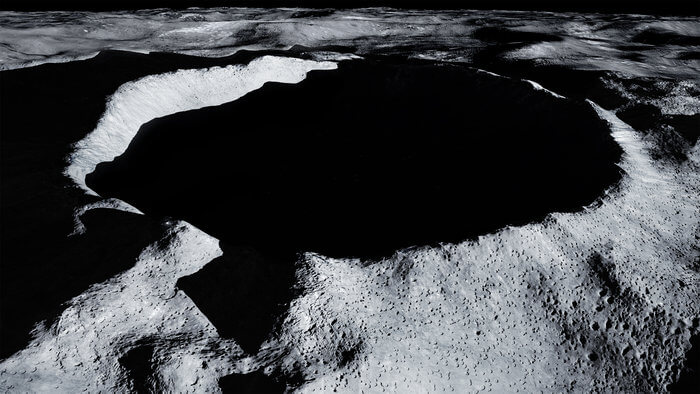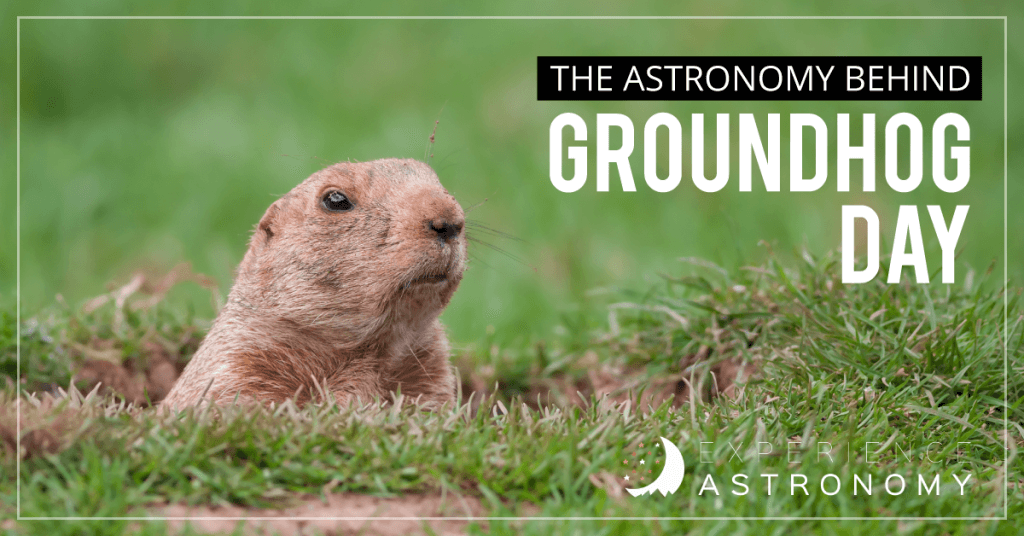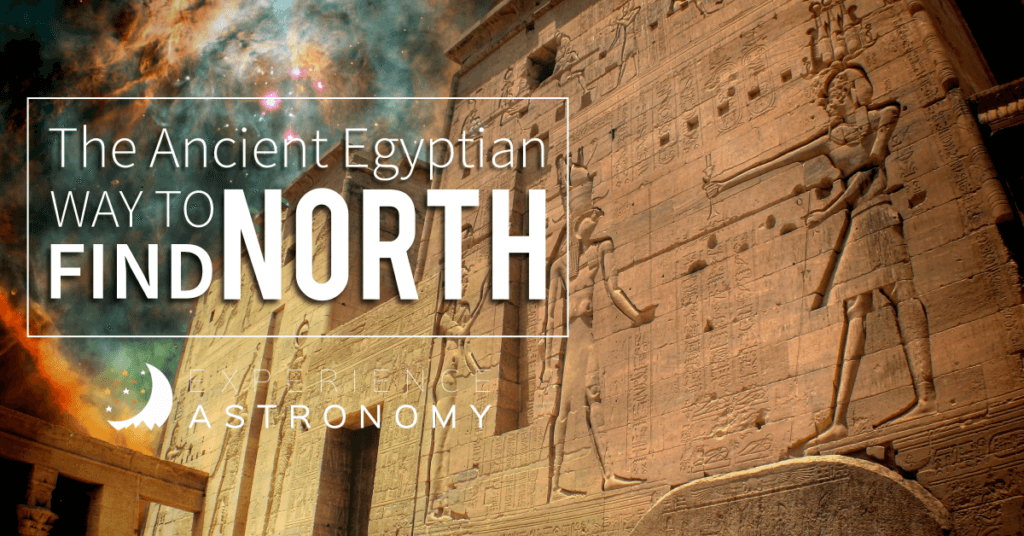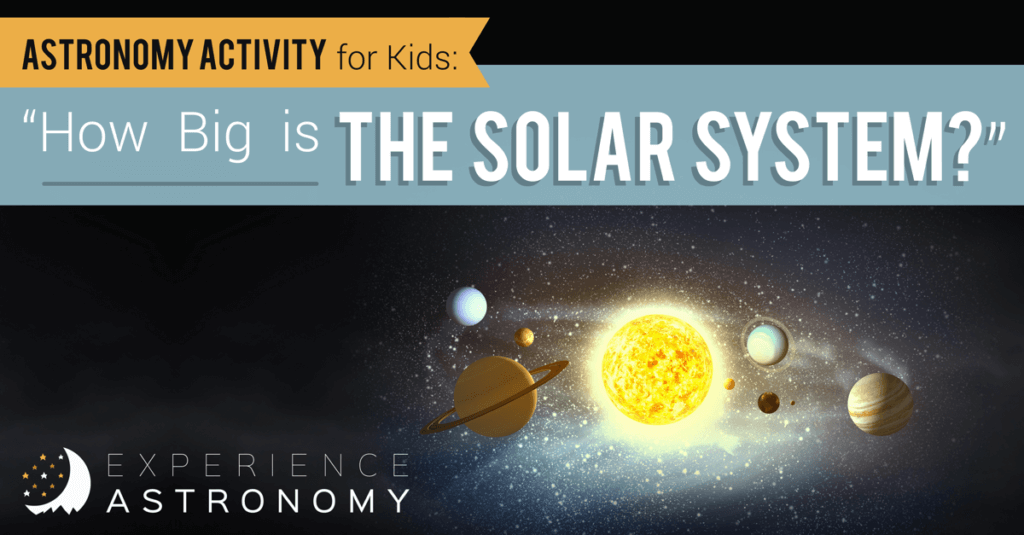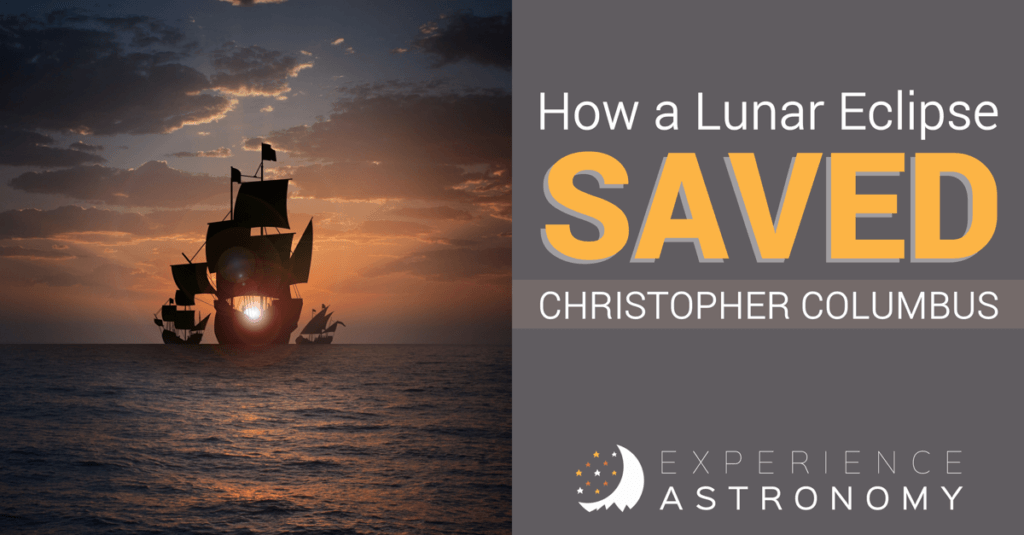It might sound crazy, but if you lived right at the north pole of the Earth, you would only see one sunrise and one sunset every year. Since the Earth is tilted in space in respect to the sun, between mid-March and mid-September, the northern half of the Earth is tilted more towards the sun. […]
The Astronomy Behind Groundhog Day
When I was serving as a campus minister at the University of Toledo, one of my students said she grew up in Woodstock, Illinois. Among other things, this town is famous for being the place where the movie Groundhog Day was filmed—though the movie is said to take place in Punxsutawney, Pennsylvania, home to the […]
The Ancient Egyptian Way to Find North
If you live in the Northern Hemisphere, finding north using the stars is fairly easy. Because the north pole of the Earth points relatively close to the star Polaris (meaning “Pole Star”), when you face that star, you are facing north. To find Polaris, first find the bright stars of the Big Dipper, the well-known […]
Astronomy Activity for Kids: “How Big is the Solar System?”
Here’s an odd fact: nearly every model of the solar system you’ve ever seen—every image, every 3D model, every coat-hanger-with-styrofoam-balls project—is wrong. Just wrong. This is because you need an enormous amount of space to create an accurate model. But this activity will give your son or daughter a sense of how big different objects in […]
How a Lunar Eclipse Saved Christopher Columbus
Christopher Columbus is famous for “discovering” America in 1492 (and sailing the ocean blue). He really didn’t discover America, per se. The Russians, Chinese, and Vikings already knew about it—and, of course, the first people to the Americas were the native populations that had already been living there for thousands of years. (In many ways you […]
